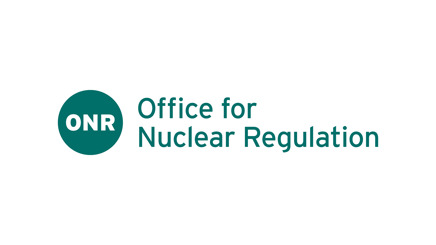The Nuclear Reactors (Environmental Impact Assessment for Decommissioning) Regulations, 1999, as amended (EIADR) is a legal instrument that requires the environmental impact of decommissioning nuclear power stations, and other nuclear reactors, to be considered in detail before consent for the decommissioning project to commence can be granted. EIADR also applies to projects serving national defence purposes, in particular the decommissioning of reactors in nuclear submarines, except where the Secretary of State is of the opinion that application of these Regulations would have an adverse effect on that purpose.
However, the specific requirements on the decommissioning project depend on whether the project started before or after EIADR entered into force on 19 November 1999. All decommissioning projects starting since 19 November 1999 require consent from the Office for Nuclear Regulation (ONR) before the project can begin and then must comply with the conditions of that consent. In a number of cases, consent was granted prior to 2014 when we were still part of the Health and Safety Executive (HSE) and therefore the consent documents refer to HSE, rather than ONR.
Decommissioning projects that commenced prior to 19 November 1999 do not need EIADR consent. All decommissioning projects, regardless of when they started, are required to seek a determination from ONR when the project is subject to a change or extension, which may have a significant adverse effect on the environment under Regulation 13 of EIADR.
- The Nuclear Reactors (Environmental Impact Assessment for Decommissioning) Regulations 1999 - Statutory Instrument 1999 No. 2892
- The Nuclear Reactors (Environmental Impact Assessment for Decommissioning) (Amendment) Regulations 2006 - Statutory Instrument 2006 No. 657
- The Nuclear Reactors (Environmental Impact Assessment for Decommissioning) (Amendment) Regulations 2018 – Statutory Instrument No. 834
Following a consultation run by the Department for Business Energy & Industrial Strategy (BEIS) between 23 May and 20 June 2018, the 2018 amendment to EIADR came into force in August 2018. These regulations implement the amendments of the EIA Directive and also amends the error in the Town and Country Planning (Environmental Impact Assessment) Regulations 2017 and in the Infrastructure Planning (Environmental Impact Assessment) Regulations 2017, which put the decommissioning of nuclear power stations and other nuclear reactors within the scope of these regulations, as well as EIADR. We have updated our guidance on EIADR to reflect these changes, please see the ‘EIADR Guidance’ section below.
EIADR processes
Since EIADR entered into force on 19 November 1999, the decommissioning of nuclear power stations and other nuclear reactors within the scope of EIADR may only proceed with consent from ONR.
The process of obtaining consent can begin with the optional request from the licensee for a ‘pre-application opinion’ (PAO) from ONR. The PAO provides advice to the licensee on what issues and environmental aspects we consider should be covered in the subsequent application for consent, taking into account the views of consultees.
To obtain consent, the licensee submits to ONR an ‘environmental statement’ which presents a detailed environmental impact assessment for the proposed decommissioning project and any features of the project or measures envisaged to avoid, prevent or reduce and, if possible, offset, any likely significant adverse effects on the environment. We consider this in extensive consultation with relevant regulatory authorities, such as the appropriate environmental agency and local highway and planning authorities, together with the public and any other interested parties. If the project is considered acceptable we will grant consent for the decommissioning project. The decision is published in the form of a project assessment report. The consent generally has conditions attached, for instance, requiring regular reports on progress through the ‘environmental management plans’ (EMPs). Once consent is granted the decommissioning project must begin within 5 years of the date the consent is given.
Under Regulation 13, where there is a change or extension to an on-going decommissioning project, the licensee must undertake an internal screening of the proposed changes to determine whether they could potentially cause significant adverse effects on the environment. Where it is judged that the changes may have significant adverse effects on the environment, the licensee applies for a determination as to whether an environmental impact assessment for that change or extension is required. The change or extension may not be taken forward until the determination is made.
Regulation 13 of EIADR applies to all decommissioning projects regardless of whether they commenced prior to when the regulations came into force (19 November 1999). Conditions of consent require, amongst others, the licensee to prepare an EMP that identifies mitigation measures, describes the implementation and effectiveness of mitigation measures, and describes changes to mitigation measures and reasons for changes in light of experience. EMPs are usually published annually, and the licensee must send a copy of the EMP to ONR and also make it available to the public. The most recent EMPs for each site with EIADR consent are available in the sub-sections below.
EIADR guidance
We have produced guidance on compliance with EIADR, which is intended to be of use to nuclear site licensees and statutory consultation bodies, as well as other organisations and members of the public who have an interest in the environmental impact of decommissioning nuclear power stations and nuclear reactors.
